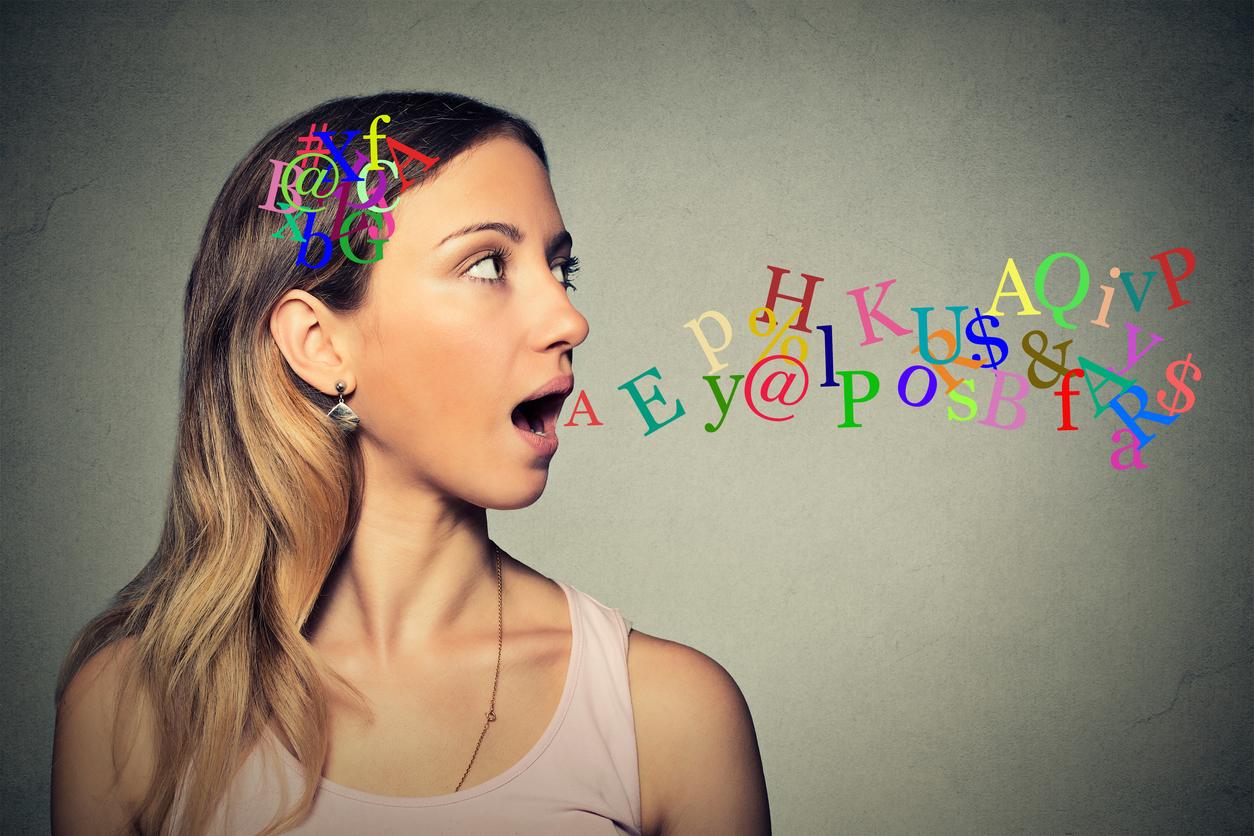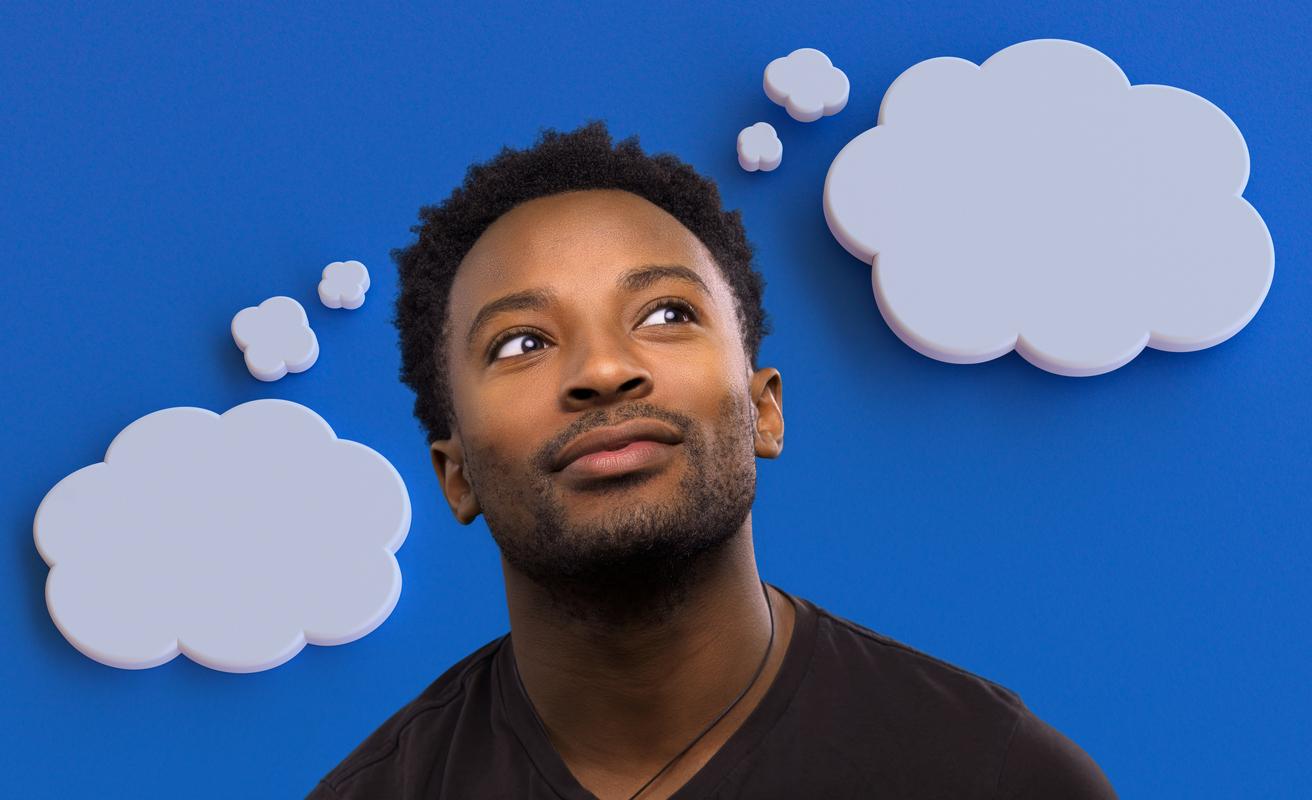Dogs can distinguish words and intonations thanks to the same regions of the brain as humans, a study by Hungarian researchers reveals.

We now know why the dog is presented as man’s best friend. This is because he has the ability to distinguish the words and intonations that his master is speaking. This discovery was published Monday in the American journal Science.
Researchers at Loránd Eötvös University in Budapest (Hungary) say they have trained thirteen dogs to lie completely still during a brain scan. This was to measure their brain activity as they listened to their master speak. Dogs like humans use the left hemisphere of the brain to interpret words and regions of the right hemisphere to analyze intonation.
It’s all a story of intonation
Specifically, these scientists report that the pleasure center in their brain is activated only when words of kindness and praise are accompanied by the right intonation.
And these conclusions could well upset current knowledge, especially on the human brain. The team’s observations suggest that the neural mechanisms used to process words have evolved much earlier than previously estimated and that they are not unique to the human brain.
The canine brain close to that of humans
The study shows that, if an environment is rich in words, as is the case in a family where a dog lives, representations of the meaning of words can develop even in the brains of animals unable to speak. .
“The human brain not only analyzes separately the words we hear but also the way they are said, integrating the two types of information to arrive at a meaning,” Attila Andics told Agence France Presse (AFP) of Department of Ethology at Eötvös Loránd University.
“Our findings suggest that the brains of dogs function very similarly. This discovery could also help facilitate communication and cooperation between dogs and humans, ”he adds.
Everything is in the eyes
“What makes words uniquely human, concludes the scientist, is not a particular neuronal capacity but our creativity for their use”.
And, in this regard, the look also counts. “A hormone story” is also how Japanese researchers explain the human / dog friendship. When the animal and its owner look at each other, they have a surge of oxytocin, they revealed in 2015, still in work published in Science.
.














